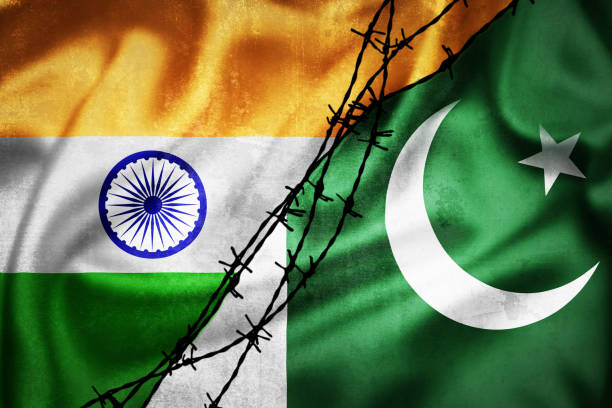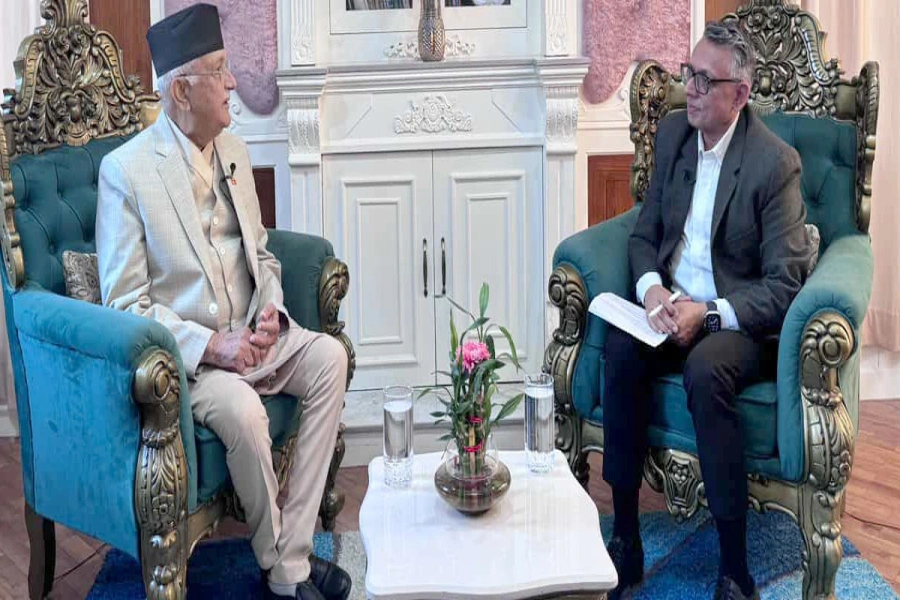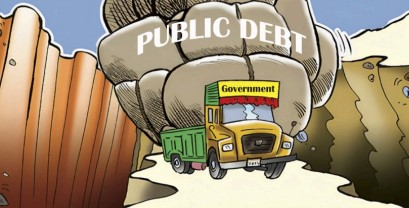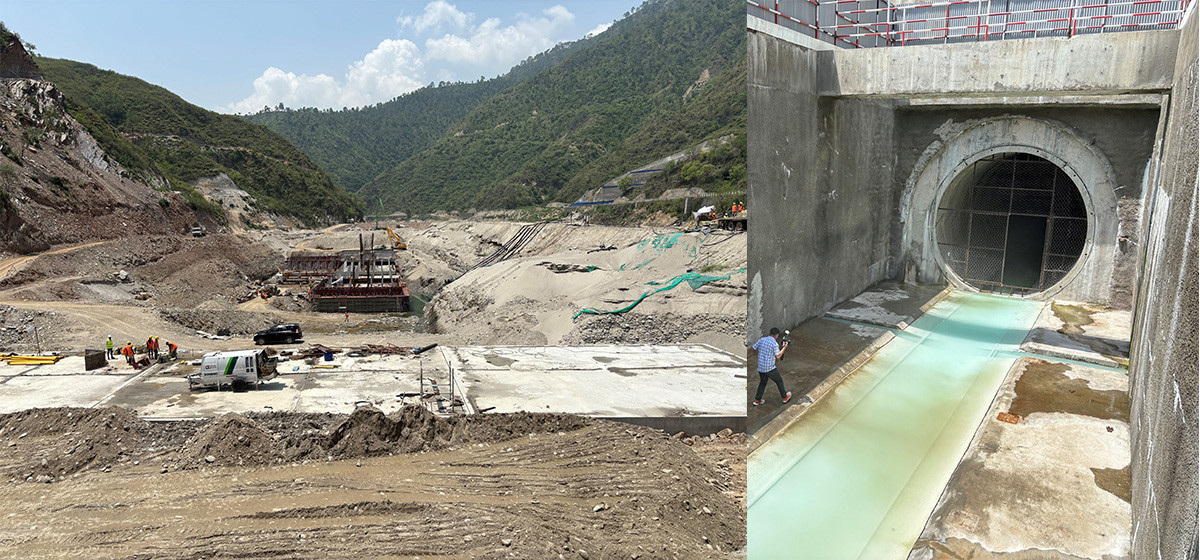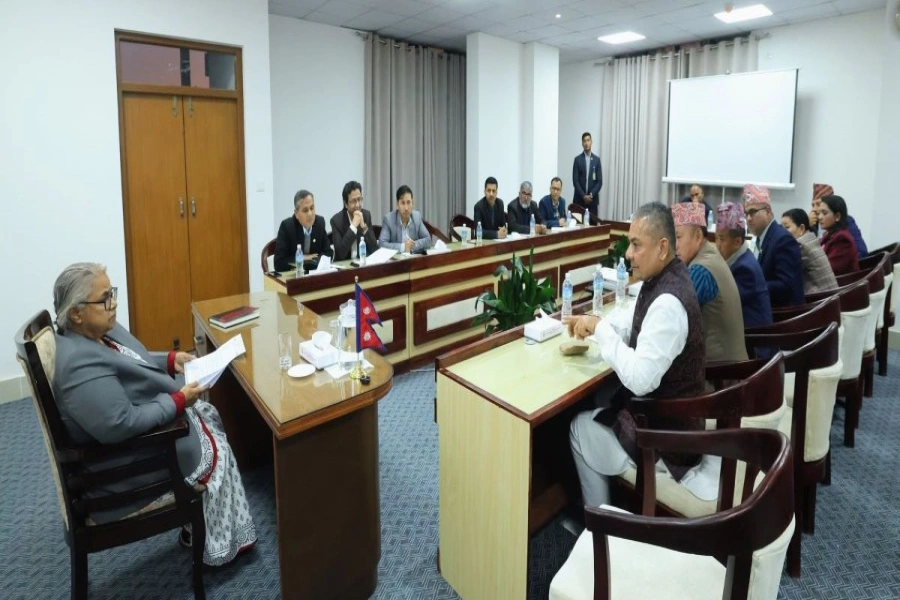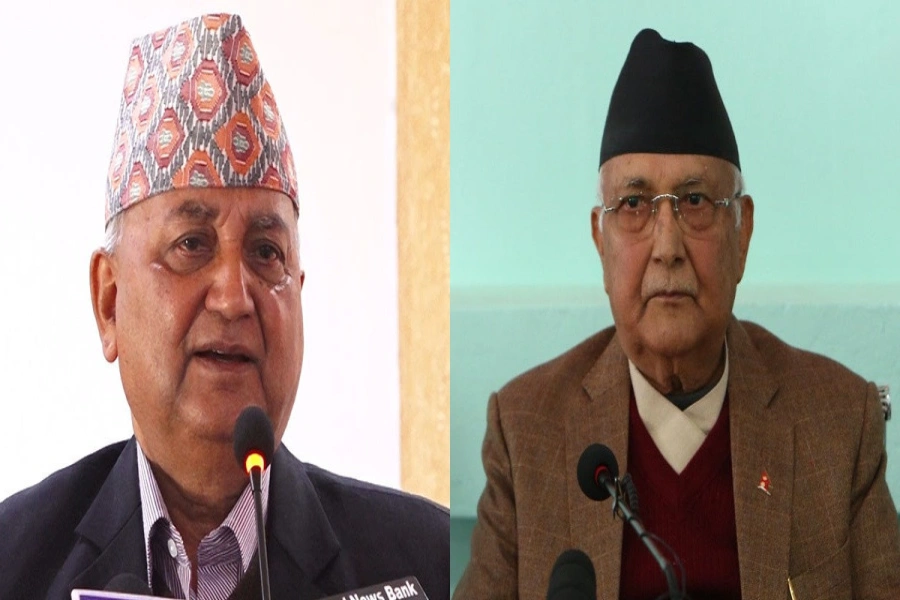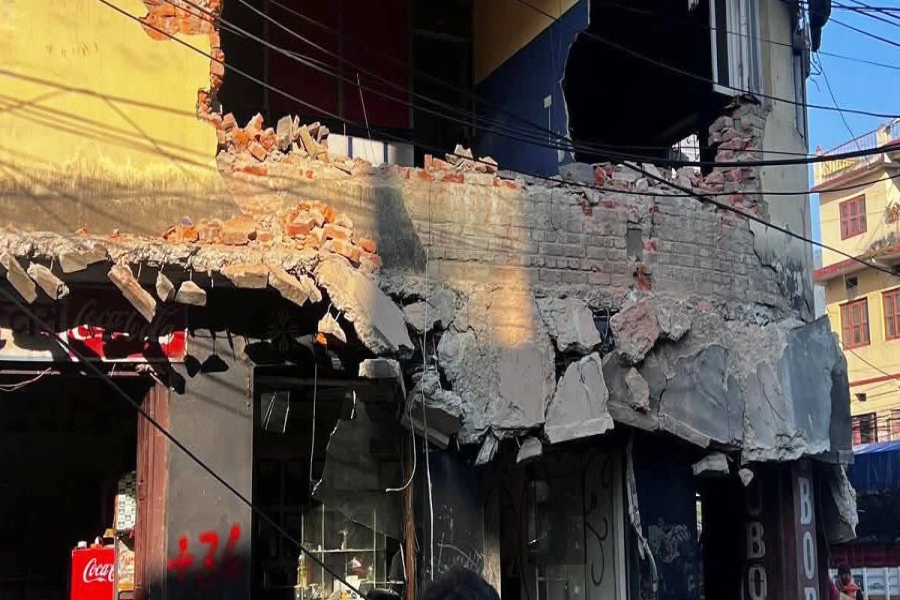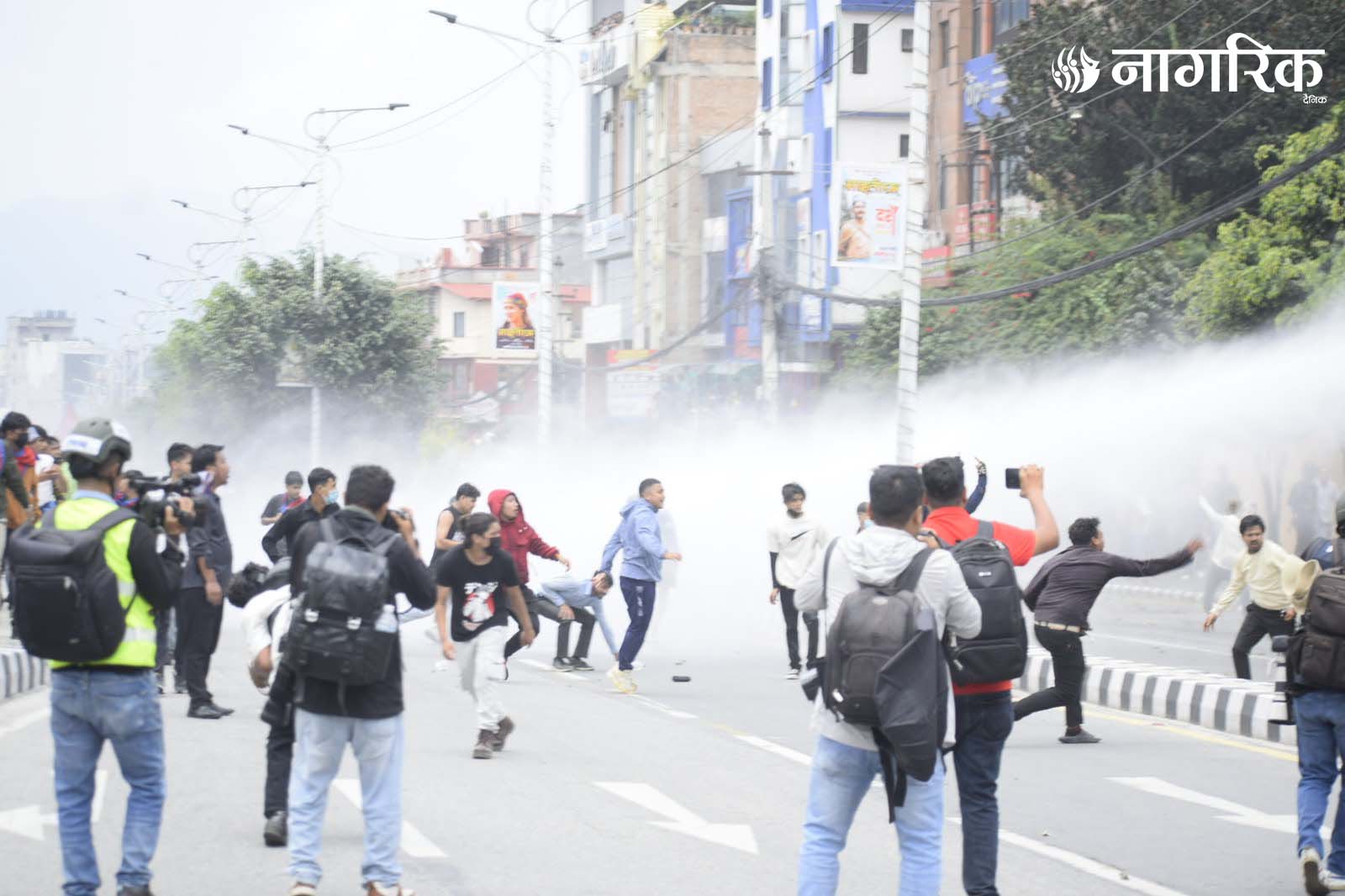The longstanding hostilities between India and Pakistan, often centered around the disputed territory of Kashmir, resurfaced violently in the recent military engagement that many are calling a turning point in South Asia’s security dynamics. While both sides claim tactical victories, the broader strategic and geopolitical consequences are still unfolding, particularly for neighboring countries like Nepal.
Historical Backdrop: A Legacy of Conflict
Since the partition of British India in 1947, India and Pakistan have fought four major wars—1947–48, 1965, 1971, and the Kargil conflict in 1999—along with several military standoffs and persistent skirmishes. Kashmir, the flashpoint for most of these confrontations, remains at the heart of their hostility. Religious divides, nationalist ideologies, and global strategic interests have continued to fuel tensions.
The most recent conflict was ignited by a deadly terrorist attack in Pahalgam, Jammu and Kashmir, which claimed 26 civilian lives. India’s military retaliation, named Operation Sindoor, marked a significant escalation, targeting major terror infrastructure and military installations deep within Pakistan, including in Pakistan-occupied Kashmir. On May 7, India struck four terror hubs in Pakistan and five in Pakistan-occupied Kashmir, including high-profile targets like the Sawai Nala camp in Muzaffarabad, Markaz Taiba in Muridke (Lashkar-e-Taiba HQ), and Markaz Subhan in Bahawalpur (Jaish-e-Mohammed HQ). Pakistan’s counterattacks with missiles and drones prompted further Indian strikes on airbases and radar systems before both sides agreed to a ceasefire on May 10.
A Shift in India’s Military Doctrine
Unlike earlier retaliations that were more measured, Operation Sindoor was notable for its scale, precision, and expanded operational scope. India demonstrated an ability to dominate across multiple domains—land, air, cyber, and information—while avoiding international condemnation. Notably, Indian forces targeted facilities believed to be part of Pakistan’s nuclear infrastructure, a move previously considered taboo between two nuclear states. This indicates a recalibration of the so-called nuclear threshold, challenging Pakistan’s reliance on nuclear deterrence as a shield against conventional retaliation.
Prime Minister Narendra Modi described Operation Sindoor as a “paradigm shift” in India’s strategic position. India’s new approach was prompt, focused, and assertive, representing a departure from decades of strategic restraint. Since the surgical strikes in 2016 and the Balakot air strikes in 2019, India has consistently moved toward a policy of prompt military retaliation for major terrorist provocations. Operation Sindoor further institutionalized this “new normal.” This emerging doctrine emphasizes deterrence through demonstrated will and capability rather than diplomatic overtures alone.
Narrative Control and Strategic Messaging
Another vital aspect of the recent conflict was India’s dominance in the information domain. The Indian government maintained narrative control through timely, transparent briefings, effectively countering disinformation from across the border. Symbolic acts, such as PM Modi’s visit to a frontline airbase with advanced weaponry on display, further reinforced the perception of Indian resolve and military readiness.
Deterrence in cyberspace

Moreover, Modi’s post-conflict speech signaled a significant policy shift by effectively delinking the Kashmir issue from future engagement with Pakistan, except in matters concerning terrorism and the recovery of Pakistan-occupied territories. This follows the 2019 abrogation of Article 370 and further narrows Islamabad’s ability to internationalize the Kashmir dispute.
Hydro Politics, Economic Leverage, and Strategic Objectives
Perhaps the most profound long-term development was India’s decision to suspend provisions of the Indus Waters Treaty, a key pillar of India-Pakistan hydro diplomacy since 1960. This marks a turning point in the use of geo-economic tools for strategic ends. As Pakistan faces an escalating water crisis, India’s upper riparian position gives it powerful leverage—one that New Delhi seems increasingly willing to wield.
Operation Sindoor is a defining moment in India’s national security strategy. It combined kinetic precision with narrative control and diplomatic calibration, fundamentally shifting the deterrence landscape in South Asia. Pakistan today finds itself facing constant pressure on military, political, and economic fronts for the first time in years. It seems that India is now trying to consolidate its tactical success with long-term strategic objectives without slipping into strategic complacency. It also clearly appears that India’s primary focus is to ensure that it not only deters Pakistan’s future provocations but also methodically dismantles the settings—ideological, institutional, and structural—that guarantee constant aggression toward India, and to create a better environment for peace in the region.
As Clausewitz stated, war is politics by other means. It seems India’s aim is to reshape the strategic imagination of the region rather than trying to win battles the conventional way.
Implications for Nepal
Although Nepal is not a direct party to Indo-Pak hostilities, the repercussions of such regional instability are far-reaching. As a neighbor to both countries, Nepal faces significant economic, social, and diplomatic consequences:
1. Human and Security Costs
Thousands of Nepali citizens live, study, and work in India, including many who serve in the Indian Army’s Gorkha regiments. Should conflict escalate, Nepalis could suffer casualties, particularly among military personnel. There are also concerns that Nepali youth, already seen joining foreign conflicts for monetary reasons, may be vulnerable to recruitment pressures.
2. Economic Disruption
A significant portion of Nepal’s economy is intertwined with India. Nepalis working in India could lose their livelihoods during wartime disruptions, potentially triggering large-scale return migration similar to that seen during the COVID-19 pandemic. Moreover, with the Nepali rupee pegged to the Indian currency, any weakening or devaluation of the Indian rupee—especially against the dollar—would lead to inflation in Nepal, particularly for dollar-priced imports like petroleum and pharmaceuticals.
3. Trade and Supply Chain Vulnerabilities
More than 60 percent of Nepal’s imports come from India, including essentials such as food, fuel, medicines, fertilizers, and construction materials. A prolonged conflict or border blockade, as witnessed during the 2015 crisis, could lead to acute shortages and price spikes, exacerbating economic and humanitarian challenges.
4. Diplomatic Tightrope
Nepal has maintained a non-aligned foreign policy, advocating peaceful resolution of regional conflicts. However, increased polarization in South Asia could test Nepal’s diplomatic agility. Maintaining balanced relations with both India and Pakistan while safeguarding national interests will require nuanced engagement and active diplomacy.
5. Border Management and Internal Stability
Nepal’s open border with India, while facilitating trade and movement, also raises security concerns. In times of regional conflict, such porous borders could be exploited for infiltration or subversion, necessitating tighter surveillance and verification mechanisms. Additionally, heightened tensions may exacerbate local grievances and ethnic frictions in Nepal’s Terai region, creating risks of internal instability.
6. Nuclear Fallout Risks
While the use of nuclear weapons remains highly unlikely due to the doctrine of Mutually Assured Destruction and Second Strike Capability, even a limited nuclear exchange would have catastrophic consequences, not just for the warring nations but for the entire world. Fallout could lead to famine, environmental degradation, food and water contamination, and refugee crises, placing immense pressure on neighboring states like Nepal.
Conclusion: A Moment for Regional Introspection
The post-Operation Sindoor landscape signals a decisive transformation in South Asia’s security environment. India appears determined not just to deter Pakistan’s provocations but to reconfigure the broader strategic architecture. For regional actors like Nepal, this demands proactive preparedness—strengthening border security, safeguarding economic resilience, and navigating shifting diplomatic currents with clarity and purpose.
As conflict dynamics evolve, Nepal must remain vigilant and flexible, advocating for peace while protecting its people, economy, and sovereignty. It needs to make its stand clear against terrorism in all its forms and manifestations. Nepal must ensure, as it has been doing for decades, that it will never allow its soil to be used to promote terrorism to further the interests of one nation against another. In doing so, it must also remind the region that the path to sustainable security lies not only in escalation, but also in dialogue, cooperation, and mutual respect.
The author is Brigadier General (Retired) of Nepali Army.


